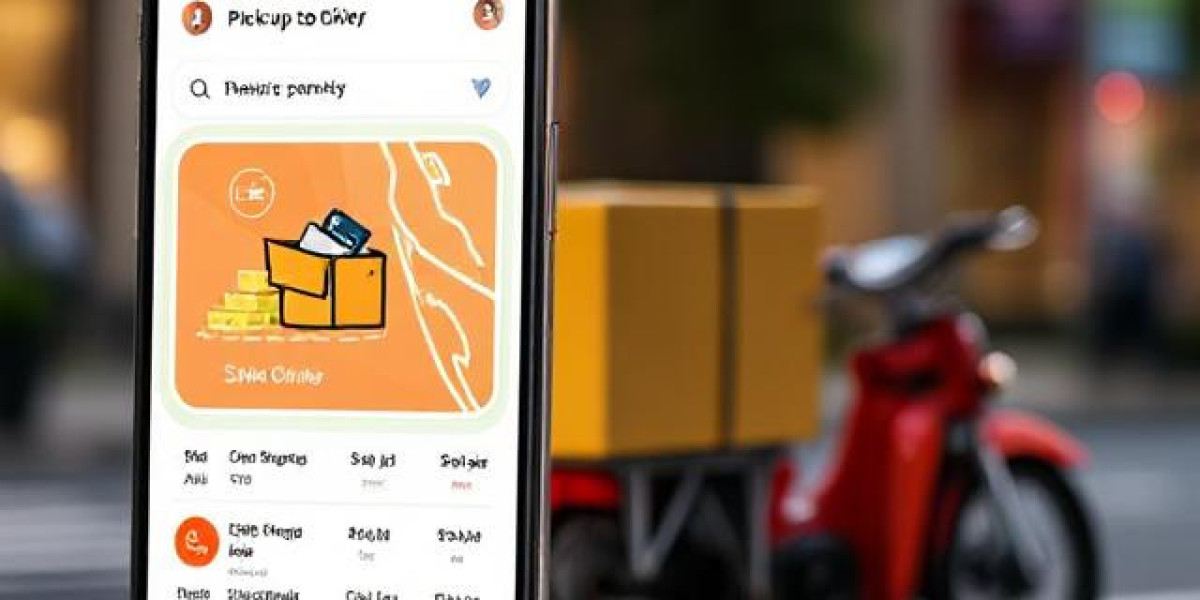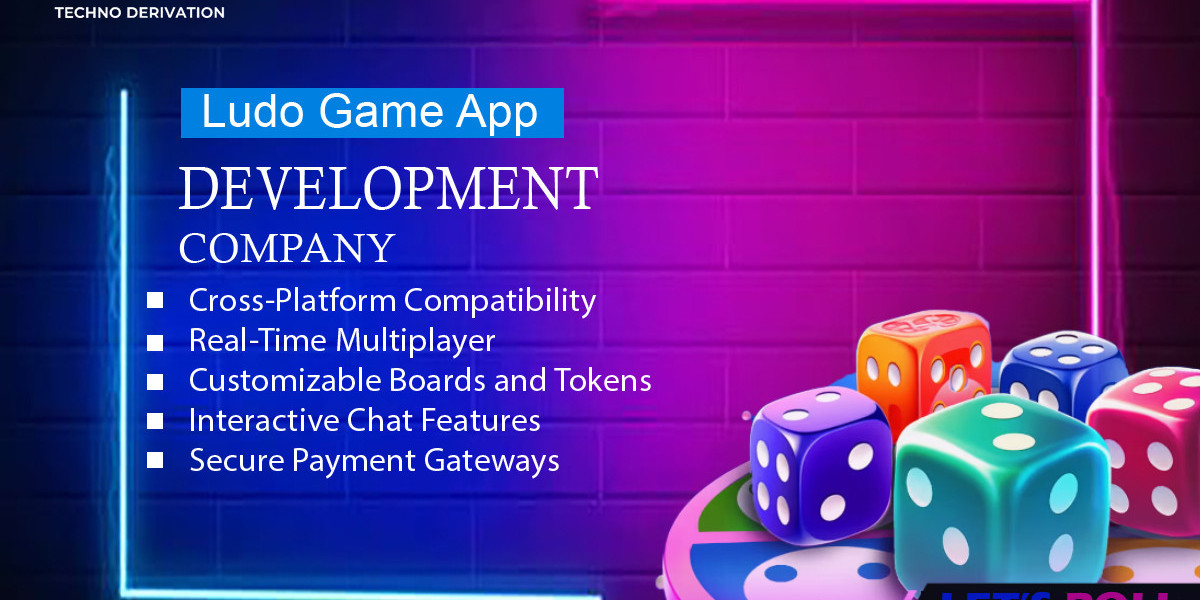Pickup and delivery apps have changed how people shop, send packages, and receive daily essentials. Whether you're a small business owner, a gig worker, or someone who enjoys convenience, these apps have become part of everyday life.
In this blog, you'll find key insights into how these apps work, what features they include, and why they're becoming more common in different industries.
How Pickup and Delivery Apps Work
Pickup and delivery apps connect users with service providers or drivers who collect and deliver items from one point to another. The process usually starts with the user placing an order or request through the app.
The Basic Workflow
- User Request: The user selects the item or service and confirms pickup and delivery addresses.
- Driver Assignment: The app assigns a nearby delivery person or pickup agent.
- Real-Time Tracking: Users can track the delivery status in real time.
- Confirmation: Once delivered, the app confirms completion and prompts for feedback or rating.
These apps cover a wide range of services—food, groceries, parcels, laundry, and even furniture.
Key Features That Make These Apps Popular
Several features drive the use of pickup and delivery app development across different sectors.
Real-Time GPS Tracking
Real-time tracking allows customers to know where their item is at any moment. This increases trust and reduces the number of customer service inquiries.
Notifications and Alerts
Push notifications update users at each stage: when a driver gets assigned, during pickup, in transit, and after delivery.
Multiple Payment Options
Most apps support credit cards, debit cards, mobile wallets, and sometimes even cash on delivery, giving users more flexibility.
Ratings and Reviews
Ratings help maintain quality service. Users can rate drivers or services, and businesses can use this feedback to improve.
Industries That Rely on Pickup and Delivery Apps
Many sectors now depend on these apps to meet customer expectations and stay competitive.
Food and Restaurant Delivery
Apps like DoorDash, Uber Eats, and Grubhub dominate the food delivery space. These platforms connect restaurants with hungry customers who prefer to eat at home.
E-commerce and Retail
Retailers use pickup and delivery apps to ship products directly to customers without needing to build large logistics networks.
Courier and Parcel Services
Local courier apps help people send documents, parcels, and packages within cities, often within hours.
Grocery and Daily Needs
Apps like Instacart and BigBasket bring groceries to users’ doors, helping them avoid long queues and traffic.
Laundry and Dry Cleaning
Some apps offer scheduled pickup and delivery of laundry, making life easier for busy individuals.
Benefits for Customers
Pickup and delivery apps bring value not just to businesses but also to individual users.
Time-Saving
Users no longer need to visit stores, wait in lines, or carry heavy loads. A few taps on the phone can take care of errands.
Convenience
With options to schedule pickups, set preferred delivery times, and make secure payments, these apps fit easily into different lifestyles.
Wide Choices
Users can pick from multiple service providers, prices, and delivery speeds. This helps them get what they want, when they want it.
Benefits for Businesses
Companies of all sizes use pickup and delivery apps to meet customer demand and stay ahead of competitors.
Increased Reach
Even small businesses can offer delivery through third-party platforms, allowing them to serve more customers without large investments.
Better Resource Use
Instead of maintaining their own delivery fleets, businesses can partner with apps and focus on their core offerings.
Real-Time Insights
Apps collect data that help businesses track performance, manage inventory, and improve operations.
Challenges Faced by Pickup and Delivery Apps
While these apps offer many advantages of delivery-app, they also come with challenges.
Logistics Management
Coordinating pickups, deliveries, and driver availability in real time can be complex. Apps must use smart algorithms to handle this efficiently.
Customer Expectations
People expect fast and error-free service. Even a small delay or incorrect order can lead to negative reviews and lost business.
Driver Retention
Keeping drivers happy and motivated is a major challenge, especially in competitive areas with multiple apps.
Technical Glitches
Bugs, crashes, and payment issues can frustrate users. Regular app updates and strong customer support are necessary.
Future Trends in Pickup and Delivery Apps
The future holds some exciting possibilities for these platforms.
Use of Drones and Robots
Some companies are testing drone-based deliveries and robotic couriers. These tools aim to make delivery faster and cut labor costs.
Green Delivery Options
With growing interest in eco-friendly solutions, some apps offer delivery via electric bikes or allow customers to choose green options.
Subscription-Based Models
More apps are offering monthly plans with benefits like free delivery, faster service, or discounts for regular users.
What to Look for When Choosing a Pickup and Delivery App
Not all apps offer the same value. Here’s what you should check before choosing one:
- Service Area: Make sure the app covers your location.
- Delivery Time: Look at average delivery times and customer reviews.
- Pricing: Compare fees, subscription options, and any hidden costs.
- Customer Support: Good apps provide 24/7 support and quick resolution for issues.
- Ease of Use: The app should be simple to navigate, even for first-time users.
Top Pickup and Delivery Apps in 2025
Here’s a look at some popular names making waves this year:
- Uber Eats: Known for restaurant food delivery with quick service.
- Instacart: Great for grocery delivery with personal shoppers.
- DoorDash: Offers food, convenience store items, and alcohol in many locations.
- Shipt: A solid choice for same-day delivery from multiple retail stores.
- Lalamove: Provides fast courier and logistics services for small businesses.
- Postmates: Delivers everything from food to household items in one app.
Final Thoughts
Pickup and delivery apps have changed how people shop, eat, and run errands. They continue to grow in importance, driven by technology, user demand, and business innovation.
Whether you’re running a local business or just want your favorite meal delivered, these apps bring speed, flexibility, and choice. As the tech continues to improve, expect these services to become even more central to daily life.



